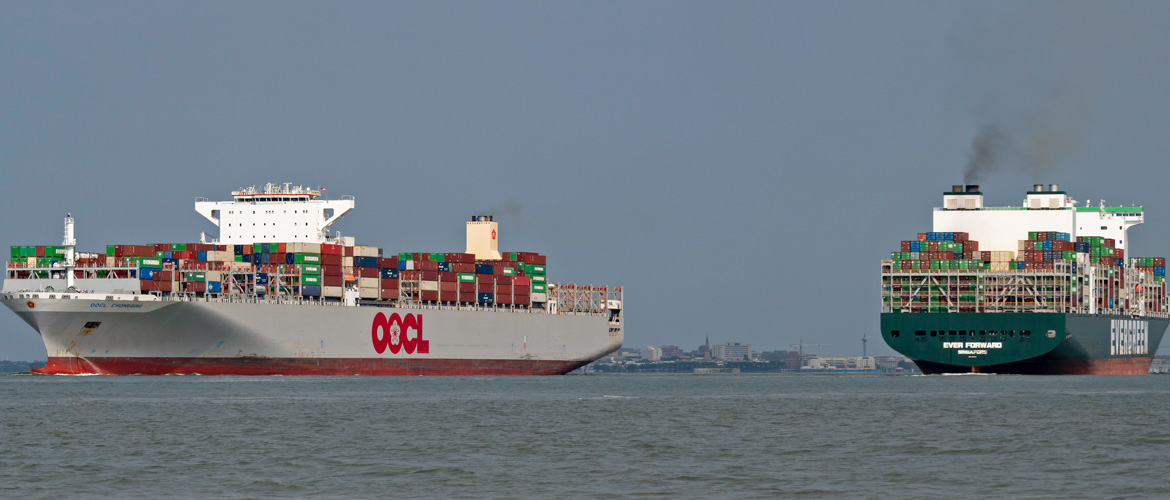Despite assumptions that OCEAN Alliance members might decide their current setup is not fit for purpose and split to form a new partnership, they took the market by surprise by extending operational cooperation for at least another five years.
CMA CGM, COSCO, Evergreen and OOCL started their formal cooperation in April 2017 and in 2019 agreed to extend the alliance through 2027. On the 27th February 2024, the lines’ CEOs signed an agreement to remain as OCEAN Alliance partners until at least the 31st March 2032.
The signing ceremony in Shanghai was clearly intended to send a message of stability and underline that none of the four carriers intends to change their allegiance and trigger an alliance reshuffle.
This development is now shaping the new market landscape on the east-west trades. With the Gemini Cooperation and OCEAN Alliance confirmed, it leaves just THE Alliance (THEA) members MSC, ONE, YangMing and HMM to confirm their intentions.
Everyone’s expectation is that MSC has the scale to largely go it alone and the freedom of not having to compromise with partners, thereby giving them the flexibility to move rapidly, which could give them a considerable strategic advantage.
As the smallest players ONE, YangMing and HMM are in the potentially uncomfortable position of being left in the cold. However, they could leverage their size to create a USP, by refining their network design to fit market niches.
With 12 ‘hub-and-spoke’ terminals in Asia, Europe, Middle East, Africa, North and South America, the Gemini Cooperation will clearly have fewer direct port-port combinations. Therefore, ONE, YangMing and HMM might consider competing with direct port-port calls for shippers that want to avoid transshipments.
We may also see the development of smaller vessel sharing agreements or slot-swap agreements between ONE, YangMing, HMM and MSC, where both parties might have a common interest.
There is speculation that Wan Hai, with its fleet of 18 neo-panamax ships, may join the THEA but sceptics doubt they will plug the gap left by Hapag-Loyd, who’s fleet recently passed two million TEUs for the first time.
However, contrary to popular belief, Hapag-Lloyd is not the biggest tonnage contributor in THEA: the Hamburg-based carrier brings in 26% of all alliance capacity, which compares to 39% for ONE, 18% for Yang Ming and 17% for HMM.
THEA may decide to extend alliance cooperation beyond their east-west partnership and move into the Intra-Asia, Middle East and African markets, but whichever route they choose, the pressure is clearly on ONE, HMM and YangMing.
As the largest alliance of its type, the Ocean Alliance’s decision to extend their partnership may attract attention from EU regulators, as anti-trust exemption for container shipping lines expires at the end of April this year.
While the expiration does not prohibit large alliances, political dynamics and influence of shipper lobby groups may press regulators to investigate as OCEAN Alliance would be the obvious test case.
If you have any questions or concerns about the alliance changes, or would like to discuss their impact on east-west shipping, please EMAIL Matt Fullard.
